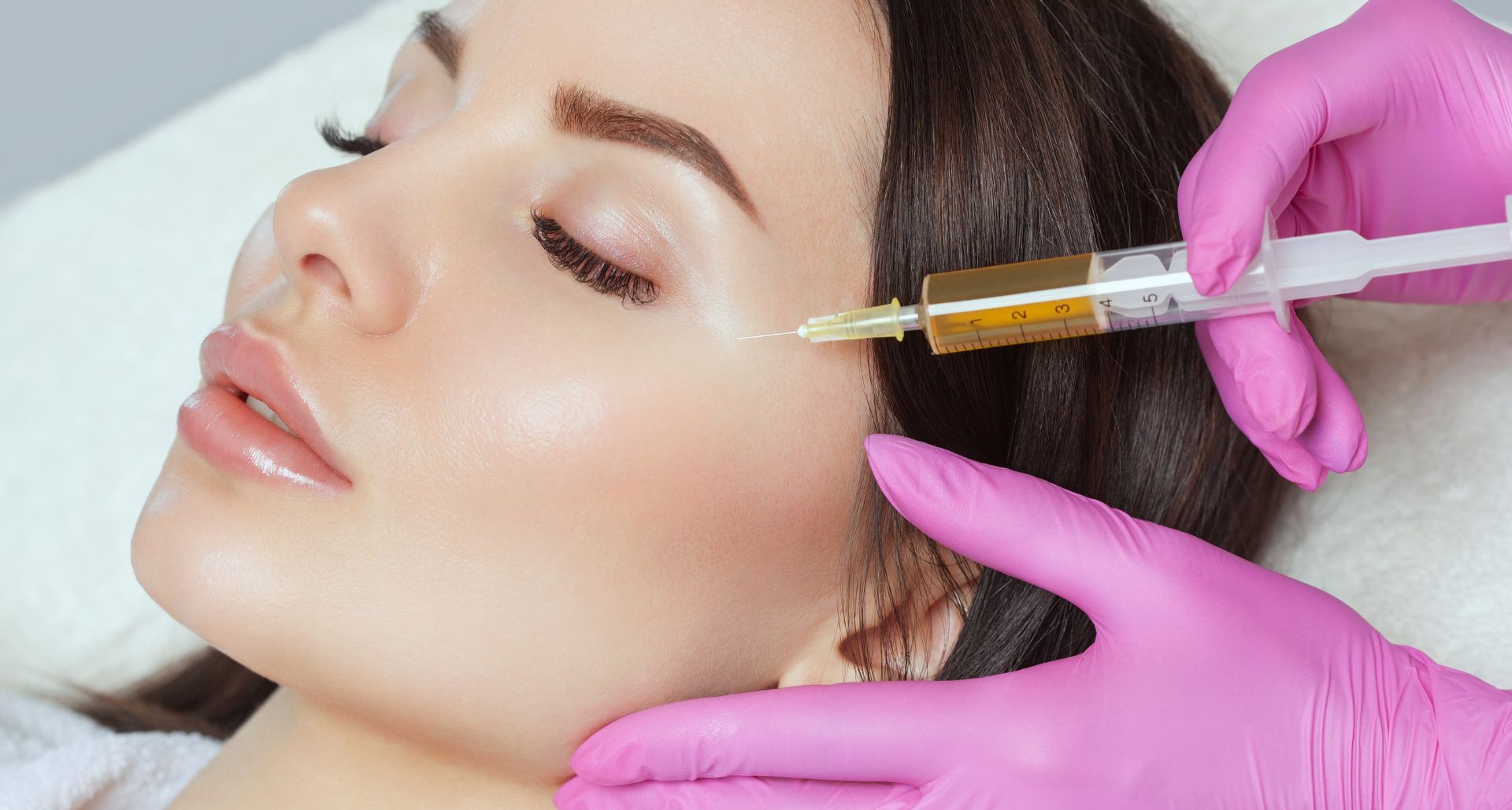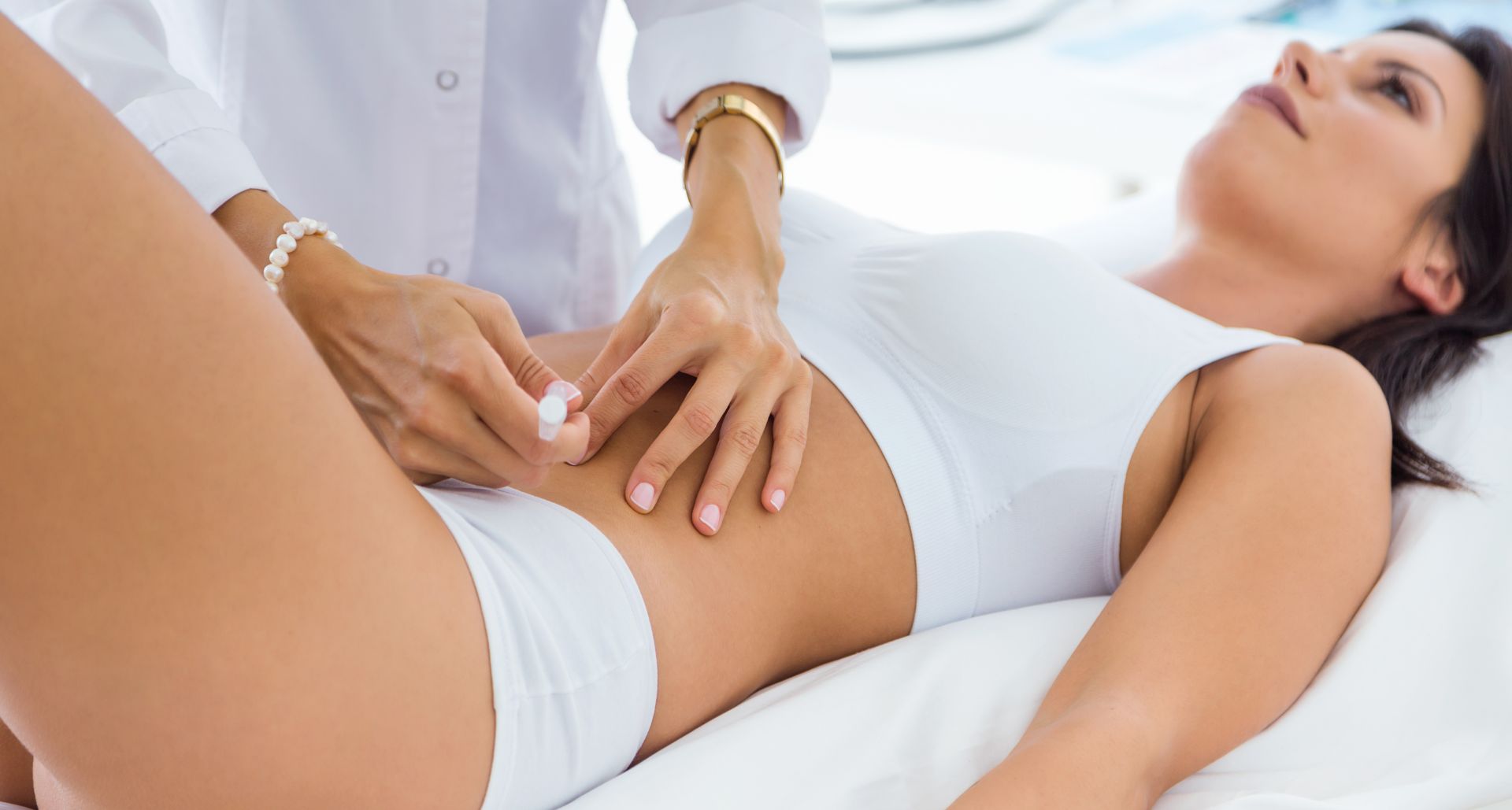5 Hyperpigmentation Treatments That Really Work
Hyperpigmentation is a common skin condition that affects almost all people, at different stages in their lives. While it is a harmless skin condition that poses no risks to our health, hyperpigmentation does cause psychological discomfort and can impact the individual's self-confidence.
Hyperpigmentation manifests as dark spots and patches on the skin and can affect any area of the body. It is often caused by excessive sun exposure but it can also be the consequence of various types of scars or aging. The condition is the result of excess melanin production and is often to blame for uneven skin tone.

Types of hyperpigmentation
Even though hyperpigmentation usually takes the form of brown spots of different sizes and shapes, there are three distinct types of hyperpigmentation:
Sun damage hyperpigmentation
The most common type of hyperpigmentation, sun spots are the result of exposing our skin to ultraviolet rays and even blue light from various sources. Excessive exposure to these sources of light can cause the body to produce an excess of melanin and create dark patches on the skin. Irregular patches usually appear on the face, hands, and chest, and can become a problem for people of all skin types.
Post-inflammatory hyperpigmentation
This type of hyperpigmentation appears as a response to skin inflammation. It is most common in people with darker skin tones and can be the consequence of acne scars. Post-inflammatory hyperpigmentation can also be a side effect of laser treatments, especially if laser therapy is used to treat facial scars in people with dark skin tones.
Melasma
Melasma is usually the result of hormone changes in the body caused by medical conditions, pregnancy, or oral contraceptives. The condition manifests as greyish or brown patches and can be made worse by sun exposure in the summer.

How to prevent hyperpigmentation
Prevention is always better than cure. Some forms of hyperpigmentation can be prevented with a proper skincare routine. Sun damage hyperpigmentation, in particular, can be prevented if we wear broad-spectrum sunscreen from a young age to protect our skin from damaging UVA and UVB light. Remember that UV rays can penetrate through glass, so staying indoors doesn't necessarily mean you will escape hyperpigmentation, unless you wear SPF 50 sunscreen, especially in the morning.
Inflammatory conditions of the skin can also cause hyperpigmentation. In this case, the sooner we intervene to heal the inflammation, the more chances we'll have to avoid the appearance of darker patches on our skin. We need to make sure we always clean our skin with a gentle cleanser and avoid harsher cleansers. Moreover, we have to abstain from scratching our skin, popping pimples, or picking scabs or old pimple scars.
Unfortunately, some people are more exposed to the condition than others. Hyperpigmentation is the result of melanocyte instability. Melanocytes are pigment cells that can become hyperactive if triggered. Once they take the path of hyperactivity, nothing can stop them from developing hyperpigmentation. The darker the skin tone, the more baseline melanin the body has, and the more chances people have to develop the condition.

How to treat hyperpigmentation
Hyperpigmentation can be caused by environmental factors, but it can also be hormonal and even genetic. The treatment options for hyperpigmentation vary depending on the cause of the condition. However, most of the time, first-line treatments for hyperpigmentation are topical solutions.
1. Topical treatments
Topical creams for lightening the darker patches are available as over-the-counter products, and they can prove to be effective for mild cases of hyperpigmentation and people with fair skin tones. Retinol plays an important role in treating dark spots, and it can also help with skin tightening, collagen formation, and cell damage. Other effective treatments are topical solutions based on ingredients that lighten the skin, such as azelaic acid, vitamin C, corticosteroids, kojic acid, and alpha-hydroxy acids.
2. Chemical peels
When brown spots and dark skin patches are non-responsive to topical products, patients can always try various non-invasive cosmetic treatments. Chemical peels can prove to be effective for people of all skin types who suffer from age spots, melasma, and sun damage. While there is always the option of chemical peels performed at home, for the best results, patients should choose professional chemical peeling. Whether you're getting glycolic acid peels, salicylic acid peels, or any other type of chemical peel, make sure you repeat the treatment every month for at least four to six months to be able to enjoy long-lasting results.
3. Microneedling
Microneedling has numerous applications in the cosmetic industry and combatting hyperpigmentation is definitely one of them. Used to increase collagen production and promote skin rejuvenation, the derma roller involved in the procedure can also treat certain types of deeper pigmentation. Microneedling causes micro-injuries at the skin level to trigger the body's natural healing mechanism, boost collagen, and normalize the melanin production process. People with hyperpigmentation may need up to six microneedling sessions every three months, but the effects are bound to last.

4. IPL laser therapy
When nothing else works or when the patient wants to enjoy fast results with minimal risks, laser therapies can save the day. The most common laser treatment for hyperpigmentation is a type of non-ablative laser treatment, also known as photofacial. The therapy is based on intense pulse light (IPL) that is meant to break apart brown spots and darker patches. Intense pulse light therapy has shown to be effective for people with fairer skin tone and flat dark spots. Furthermore, a couple of sessions of IPL laser treatments will also reduce the appearance of wrinkles and treat varicose veins. Due to the risk of developing permanent hyper or hypopigmentation, people with darker skin types should avoid IPL treatments and opt instead for chemical peels or microneedling.
5. Skin resurfacing
Skin resurfacing or laser peeling targets beams of light to the surface of the skin to treat wrinkles, acne scars, and hyperpigmentation. Skin resurfacing is one of the most popular dermatologic procedures for people looking to even their skin tone, combat signs of aging, and heal facial scarring. It can be performed using ablative or non-ablative lasers, depending on skin type and skin condition. Ablative lasers are more aggressive and remove the thin outer layer of skin to promote cell turnover and renew the skin, while non-ablative lasers target the upper layer of the skin to boost collagen production and deliver a firmer and tighter skin.
The Best Hyperpigmentation Treatments in Tampa
Prime Aesthetica is the number 1 med spa in the Tampa Bay area. We have multiple solutions to address hyperpigmentation including, chemical peels, microneedling, laser skin resurfacing, etc. Contact us today to learn how our experienced medical professionals and our state-of-the-art facility allows us to deliver fantastic results to all of our clients in Tampa.
Search





